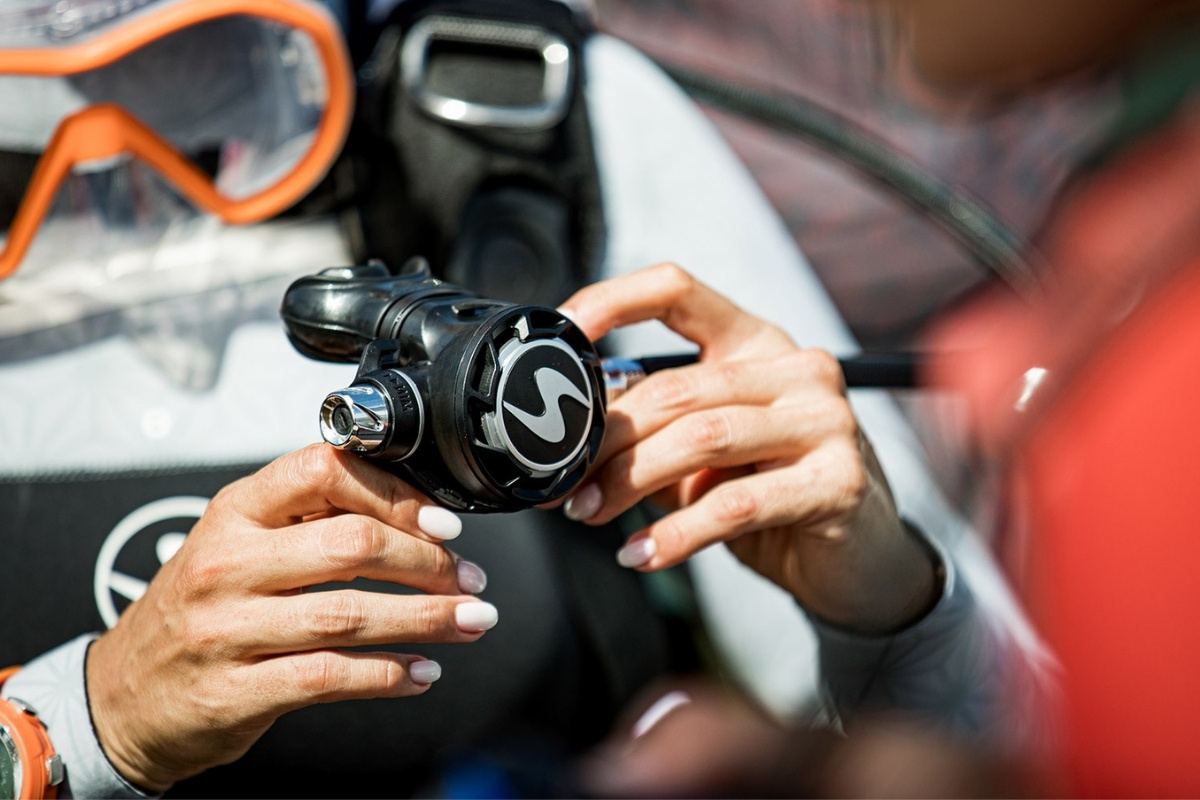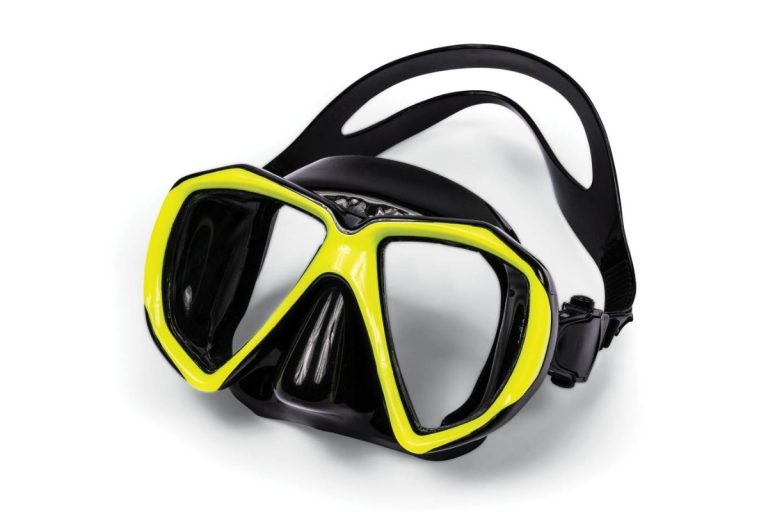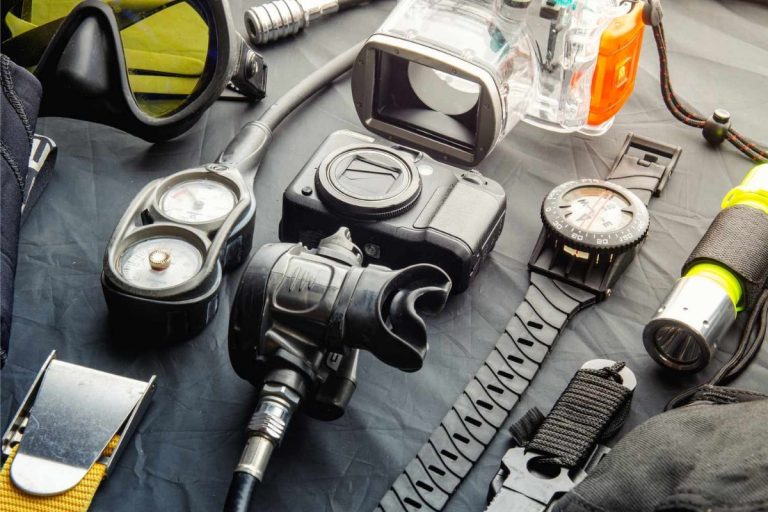- Understanding Your Regulator’s Role in System Performance
- Recognizing the Warning Signs Before They Become Major Issues
- Building a Foundation for Long-Term Reliability
- Systematic Approaches to Problem Resolution
- Making Smart Investment Decisions
- Professional Solutions and Expert Support
- Additional Resources
Understanding Your Regulator’s Role in System Performance
Regulators serve as the backbone of countless industrial processes, controlling pressure and flow rates with precision that keeps entire operations running smoothly. These critical components work tirelessly behind the scenes, managing everything from compressed air systems to complex fluid management networks. Yet despite their importance, many facility managers and technicians only pay attention to regulators when something goes wrong.
The reality is that proper regulator maintenance can mean the difference between seamless operations and costly downtime. These devices face constant pressure variations, temperature fluctuations, and contamination challenges that gradually wear down their internal components. Understanding how your regulators function and what they need to perform optimally sets the foundation for a proactive maintenance approach that saves both time and money.
Modern industrial facilities rely heavily on consistent pressure control for everything from pneumatic tools to process automation. When regulators fail to maintain proper output pressure or respond sluggishly to system demands, the ripple effects can impact production quality, equipment lifespan, and worker safety. This makes regulator maintenance not just a technical necessity, but a business imperative.
Recognizing the Warning Signs Before They Become Major Issues
High Output Pressure
Excessive output pressure often signals internal component wear or contamination buildup that prevents proper pressure reduction. This condition can damage downstream equipment and create safety hazards throughout your system. The diaphragm may have lost its flexibility due to age or chemical exposure, while spring mechanisms might have weakened over time.
Check your pressure gauges regularly and compare readings against your system specifications. If output pressure consistently exceeds set points, inspect the regulator housing for visible damage and examine the adjustment mechanism for proper operation. Contaminated air or fluid can also cause internal components to stick, leading to pressure regulation failures.
Low Output Pressure
When regulators fail to maintain adequate pressure levels, production processes suffer and equipment performance degrades. This problem typically stems from worn seals, damaged diaphragms, or clogged internal passages that restrict flow. Environmental factors like temperature extremes can also affect seal integrity and spring tension.
Monitor pressure drops during peak demand periods, as this often reveals capacity limitations or internal restrictions. Inspect inlet filters for blockages and verify that upstream pressure sources provide adequate supply. Sometimes the issue lies not with the regulator itself, but with insufficient input pressure or flow capacity.
Slow Response Time
Sluggish pressure adjustments indicate internal friction, contamination, or component wear that impedes the regulator’s ability to respond quickly to system changes. This delay can cause pressure fluctuations that affect process quality and equipment performance. Diaphragm stiffness and valve seat wear are common culprits behind slow response times.
Test response characteristics by making controlled pressure adjustments and timing the regulator’s reaction. Clean internal components if contamination is suspected, and replace worn diaphragms or springs that no longer provide adequate force for quick pressure changes.
Leaks
External leaks waste energy and create safety concerns, while internal leaks allow uncontrolled pressure transfer that compromises system performance. Seal degradation, loose connections, and housing damage are typical causes of regulator leaks. Even small leaks can escalate quickly under pressure cycling conditions.
Perform regular leak detection using soapy water or ultrasonic equipment to identify problem areas before they worsen. Tighten connections to specified torque values and replace deteriorated seals promptly. Pay special attention to threaded joints and diaphragm sealing surfaces where leaks commonly develop.
Freezing
Ice formation within regulators occurs when moisture-laden compressed air or gas expands rapidly, causing temperature drops that freeze internal components. This problem is particularly common in outdoor installations or systems with inadequate moisture removal. Frozen regulators can stick in position or suffer component damage from ice expansion.
Install proper air drying equipment upstream and consider heated regulator housings for extreme temperature applications. Insulation and wind shields can also help prevent freezing in outdoor installations where ambient conditions contribute to the problem.
Noise Issues
Unusual sounds from regulators often indicate turbulent flow, cavitation, or mechanical wear that requires attention. Whistling suggests restricted passages or damaged seals, while chattering points to unstable pressure control or worn internal components. These acoustic signals provide valuable diagnostic information about regulator condition.
Document noise characteristics and correlate them with operating conditions to identify patterns. Sudden changes in sound often precede mechanical failures, making noise monitoring an effective predictive maintenance tool for critical applications.
Building a Foundation for Long-Term Reliability
Preventative Measures
Successful regulator maintenance starts with understanding your operating environment and implementing protective measures that extend component life. Install adequate filtration upstream to remove contaminants that accelerate wear and cause internal damage. Proper sizing ensures regulators operate within their design parameters without excessive stress.
Environmental protection shields regulators from temperature extremes, moisture, and corrosive atmospheres that degrade seals and internal components. Regular calibration maintains accuracy and identifies drift before it affects process quality. Documentation of maintenance activities creates valuable historical data for predicting future service needs.
Routine Inspection Practices
Establish inspection schedules based on operating conditions and manufacturer recommendations rather than arbitrary time intervals. Visual inspections should include checking for external damage, leak evidence, and proper mounting security. Functional tests verify pressure regulation accuracy and response characteristics under actual operating conditions.
Keep detailed records of inspection findings, including pressure readings, response times, and any abnormal conditions observed. This data helps identify trends that predict component failures and optimize maintenance intervals. Training personnel to recognize early warning signs multiplies your maintenance effectiveness across all shifts.
Systematic Approaches to Problem Resolution
Identifying the Problem
Effective troubleshooting begins with systematic data collection that isolates the root cause from secondary symptoms. Measure actual pressures at multiple points and compare them with system requirements to pinpoint regulation failures. Temperature readings can reveal thermal effects that influence regulator performance.
Document operating conditions when problems occur, including ambient temperature, system demand, and upstream pressure variations. This information helps distinguish between regulator issues and system-wide problems that affect multiple components. Proper diagnosis prevents unnecessary repairs and ensures effective solutions.
Steps to Resolve Issues
Start with the simplest potential solutions before proceeding to complex repairs or replacements. Clean external surfaces and check connection tightness as basic maintenance steps that often resolve minor issues. Adjust pressure settings according to manufacturer procedures and verify proper operation under load conditions.
For internal problems, follow manufacturer disassembly procedures and inspect components for wear, damage, or contamination. Replace seals, diaphragms, and springs as complete sets to ensure balanced performance. Reassemble with proper torque specifications and test thoroughly before returning to service.
When to Seek Expert Assistance
Complex regulator problems often require specialized knowledge and tools that exceed typical maintenance capabilities. Internal damage to precision-machined surfaces, electronic control failures, and safety-critical applications warrant professional service to ensure proper repairs and regulatory compliance.
Establish relationships with qualified service providers before emergencies occur, and maintain spare regulators for critical applications where downtime cannot be tolerated. Professional calibration services ensure accuracy for applications where precise pressure control affects product quality or safety systems.
Making Smart Investment Decisions
Signs a Regulator Needs Repair
Declining performance metrics indicate when repair becomes more cost-effective than continued operation with degraded capabilities. Frequent adjustments, increasing pressure variations, and shortened service intervals all signal internal wear that repair can address. Economic analysis should consider repair costs against replacement benefits.
Age and service history influence repair viability, as older units may lack available parts or have multiple worn components that make replacement more practical. Consider system criticality and backup availability when deciding between immediate repair and scheduled replacement during planned maintenance windows.
When to Replace a Regulator
Replacement becomes necessary when repair costs approach new equipment prices or when performance requirements exceed the capabilities of existing regulators. Technology advances may offer improved efficiency, accuracy, or features that justify replacement beyond simple repair economics.
Safety considerations sometimes mandate replacement even when repairs are technically feasible. Regulators in critical applications or hazardous service may require replacement rather than repair to maintain safety margins and regulatory compliance. Plan replacements during scheduled maintenance to minimize operational disruption.
Professional Solutions and Expert Support
Overview of Available Equipment
Modern regulator technology offers enhanced performance and reliability compared to older designs, with improved materials and manufacturing precision that extend service life. Digital controls and smart monitoring capabilities provide real-time performance data that supports predictive maintenance strategies and system optimization.
Specialized applications may require custom solutions that standard regulators cannot provide effectively. High-temperature service, corrosive environments, and extreme pressure ranges demand purpose-built equipment designed for specific operating conditions. Understanding these requirements helps select optimal solutions for challenging applications.
Technical Expertise and Support
Professional support services provide valuable resources for complex troubleshooting, system design, and maintenance planning that maximize regulator performance and reliability. Technical expertise helps identify root causes of recurring problems and implement systematic solutions that prevent future issues.
Training programs for maintenance personnel enhance troubleshooting capabilities and improve repair quality throughout your organization. Access to technical documentation, spare parts, and emergency support services ensures that help is available when critical systems experience problems. Building relationships with knowledgeable suppliers creates partnerships that support long-term operational success.
Additional Resources
Knives
Proper cutting tools are essential for regulator maintenance, particularly when working with pneumatic lines and sealing materials. Sharp, clean blades ensure precise cuts that maintain seal integrity and prevent contamination during assembly. Keep dedicated tools for regulator work to avoid cross-contamination from other maintenance activities.
Lights
Adequate lighting is crucial for detailed regulator inspection and repair work, especially when examining internal components for wear or damage. Portable LED lights provide excellent illumination for confined spaces and detailed work areas where standard lighting may be insufficient.
Surface Marker Buoys
While primarily associated with underwater applications, the principles of reliable pressure regulation apply across many industries where consistent performance under varying conditions is essential. Understanding how different environments affect regulator performance helps in selecting appropriate maintenance strategies and equipment specifications.






